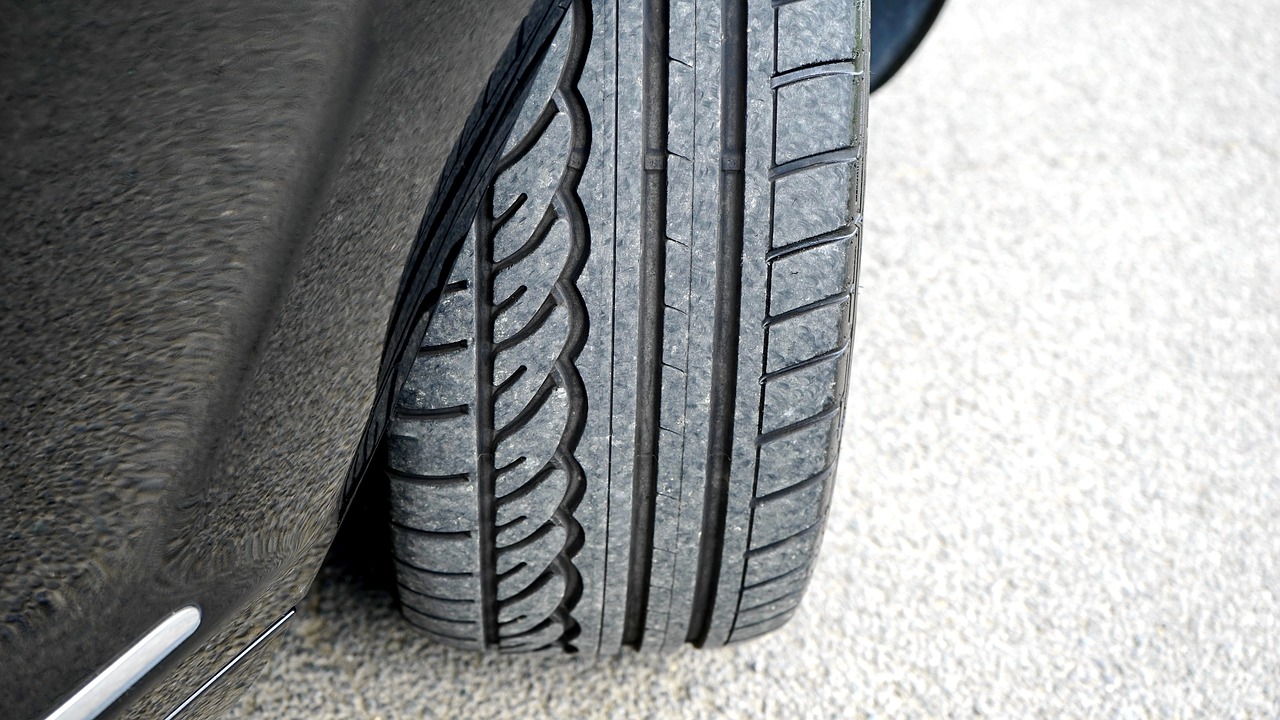Vehicles – even in the prime of their health – can start showing signs of ageing. For example, they might be creating too much decibels; consume more fuel than earlier for the same distances and speeds; and, move at sluggish paces.

While most of the times the causes are obvious, some times everything about the vehicle’s engine and chassis seem to work fine despite the troubles, and a general check up might not be too revealing.
In this case, the untrained eye must focus on the tyres as it might be time to replace them.
Here are a few warning signs that must prompt you to purchase new tyres for your automobile.
Loosing on Air
Every vehicle experiences flat tyres once in a while. Flat tyres once in a few months barely is a prelude to disaster.
However, if you notice that your automobile’s tyre(s) deflates way too often, say, twice a month, it is necessary that you consider changing it.
However, it is necessary to remember that the problem might also be the rim of the wheel, as it is possible that the wheels have lost a few degrees of alignment and aren’t maintaining the seal around the inner tyre.
Eroding Tyre Treads
Treads refer to the rubber patters on the circumference of the tyre.
The patterns on your tyre have been put there deliberately by engineers to provide traction (grip) while driving. If your vehicle skids often despite having the optimum braking power, the treads on your tyres might be filling up.
Tyres with a low tread count or eroding treads are a safety hazard. This can cause a major accident if your brakes fail you.
Checking your tyre tread widths are really simple and can be done using a coin or visual inspection.
During the visual inspection, the treads must be well defined all over the tyre. There also shouldn’t be excess treads to the inside or outside.
If there is excess or deficit of tread simultaneously on the inside and outside, there might be a wheel alignment issue. However, if the tyres aren’t wearing unevenly, then your tyres need replacement right away.
Poor Mileage
Surprised? A tyre low on air fares poorly in bearing axial loads and makes it difficult for the engine to push it as it becomes soft and looses circular geometry.
More effort from the engine means more work. More work means more fuel consumption. Therefore, squishy tyres lead to the engine being less efficient.
Tyre Bulges
If your tyres have any bumps or bulges in them, it’s likely that part of the belt inside them has been broken or become warped.
Tyre bulges aren’t a cause of alarm, of course. But in rare cases, it leads to tyres blowing up.
Cracks
Old tyres develop tiny cracks on the surface and on the periphery. Tiny cracks often go unnoticed but aren’t a cause for concern.
However, due to cycles of heating and cooling, these creep in these cracks propagate as they expand and contract. Over time, these cracks become wider and might cause the tyre to break into pieces given enough time.
Although it isn’t wise to replace tyres with a few visible cracks here and there, any gaping cracks in old cars must be looked into.
